
77th Year Excavations Begin at Kültepe Kanesh-Karum Archaeological Site, Tracing 6,000 Years of History
The 77th year of excavations is commencing at the Kültepe Kanesh-Karum Archaeological Site, where archaeological findings and documents dating back 6,000 years are being unearthed, known as “the place where Anatolian history began.” Excavation Head Prof. Dr. Fikri Kulakoğlu stated, “We are also trying to shed light on the period approximately 4,500 years ago. Before

Mancılık Church, Once a Local “Central Bank,” Plundered by Treasure Hunters, Awaits Restoration
The Mancılık Church, located in the village of Mancılık in the Kangal district of Sivas, and whose history is unknown, has become a target for treasure hunters. The historical structure, which has been plundered by treasure hunters for years, is awaiting restoration to be brought into tourism. According to the villagers, the church once served

Cattle were domesticated not only in the Middle East but also in Africa, according to Polish archaeologists
A new study conducted by Polish archaeologists reveals that the domestication of cattle was not limited to the Middle East, but also occurred independently in Africa. The examined animal bones indicate that cattle breeding began around 10,000 BC in the Central Nile Valley. These findings suggest that domestication processes took place in both regions during
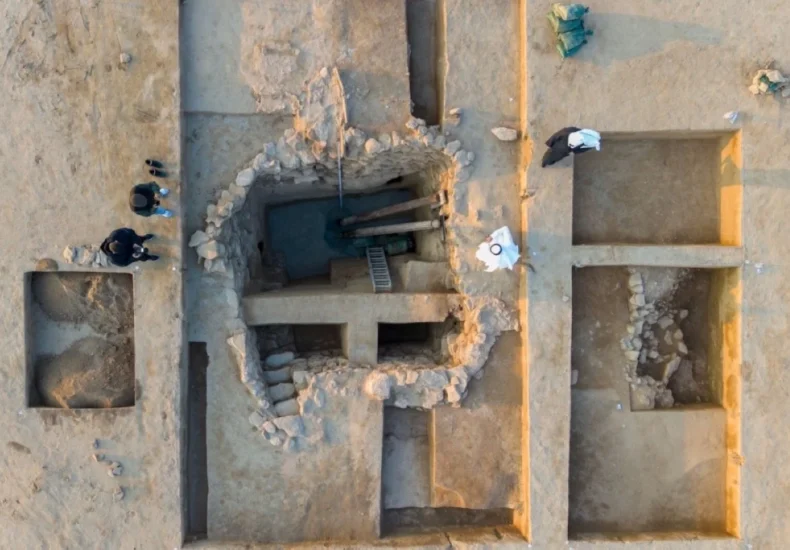
Historical Discovery on Failaka Island: 1400-Year-Old Water Well and Precious Stones Unearthed
Failaka Island has once again proven its significance on the stage of history with recent archaeological excavations. The discovery announced by the Kuwait National Council for Culture, Arts, and Letters (NCCAL) includes a large water well found in the courtyard of a magnificent house dating back to the 7th and 8th centuries AD in the
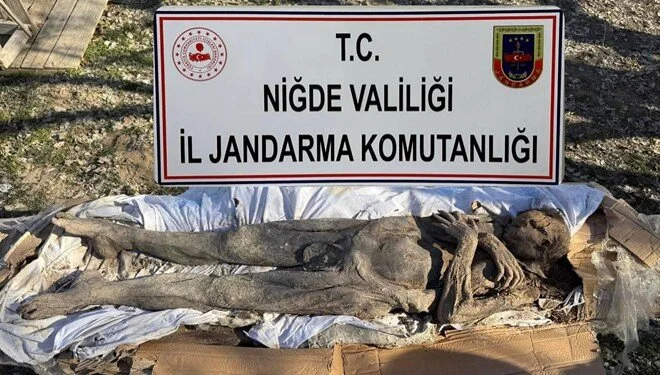
They Were Caught Trying to Sell a Medieval Mummy in Niğde
The Niğde Provincial Gendarmerie Command teams apprehended 6 individuals red-handed who were attempting to sell a human mummy, believed to be from the Middle Ages, in a successful operation. During the raid in the Bor district, the mummy seized at the residence of a person named H.G. was found in a preserved state of bodily
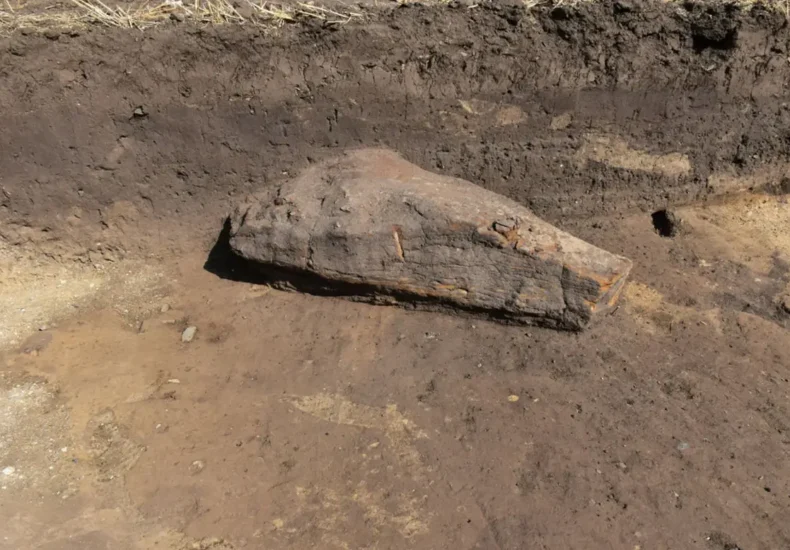
Archaeologists Have Discovered a Rare Monolithic Menhir
In the German state of Saxony-Anhalt, near Halberstadt at Warmholzberg, archaeologists discovered a menhir, dating back to the Middle Bronze Age and meaning “long stone,” during the investigation of structural anomalies detected in grain fields. Initially, archaeologists were working on underground ditches interpreted as belonging to a medieval castle. However, detailed examinations revealed that these
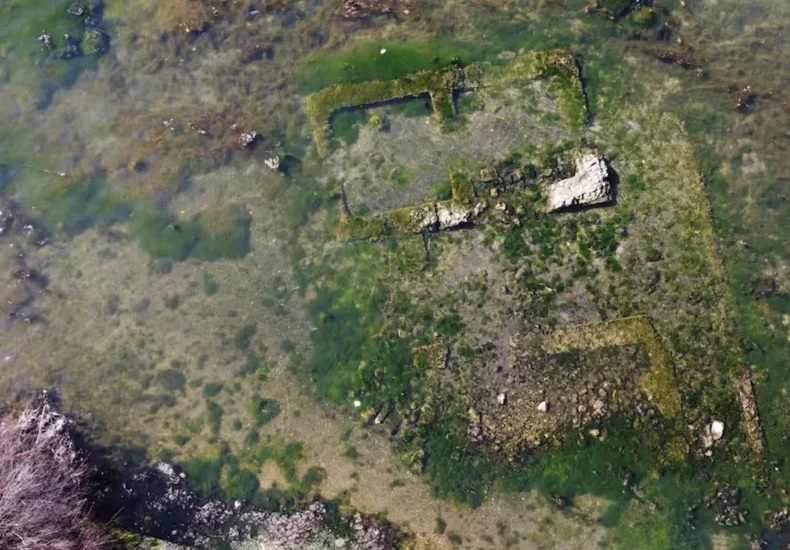
Remains of a Roman village complex emerge from Lake Fusaro in Italy
In Lake Fusaro, near the city of Naples, Italy, the remnants of an ancient Roman village complex have begun to emerge from the water due to bradyseism, a geological process triggered by volcanic activity. This unexpected event is an exciting discovery for archaeologists and historians. Bradyseism refers to the slow rise or fall of the
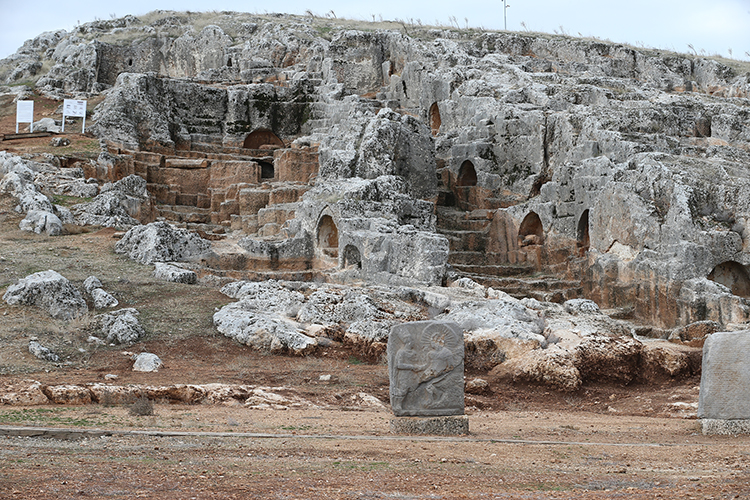
The 1800-year-old grape processing industry in Türkiye will be revitalized
A new project will revitalize an ancient grape processing facility that is 1800 years old at the Perre Ancient City in Adıyaman. This city is one of the five major cities of the Kingdom of Commagene. The Kingdom of Commagene was a Hellenistic-Persian kingdom that ruled from 163 BC to 72 AD. It is famous
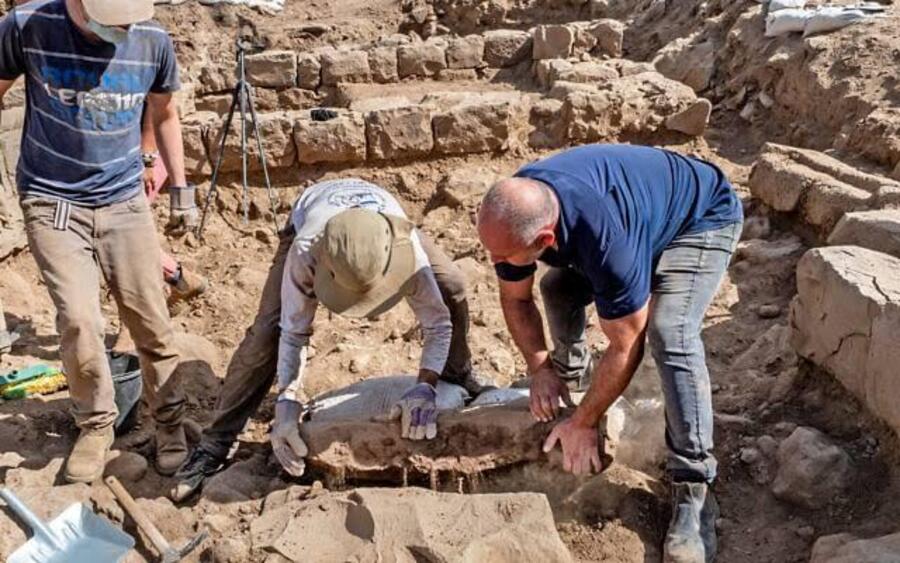
Archaeologists Discover Rare Boundary Stone From the Tetrarchy Period of the Roman Empire
Excavations at Tel Avel Beit Ma’akha, located about 1.2 miles south of Metula in northern Galilee, have led to an extraordinary find: a rare Roman boundary stone dating back to the Tetrarchy era. This ancient artifact provides valuable insights into land ownership, regional settlement patterns, and the administrative practices of the Roman Empire. Insights into
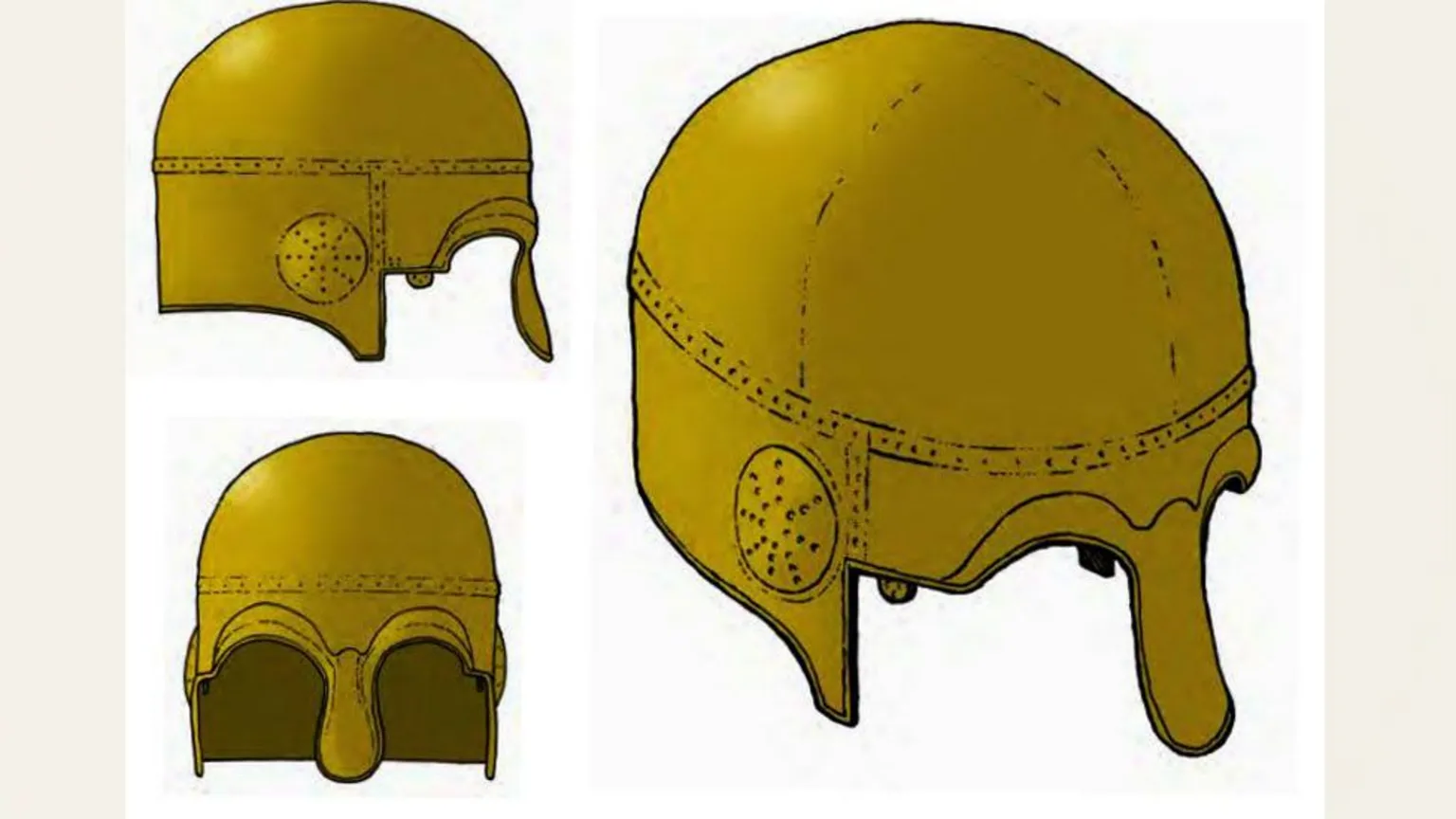
Archaeologists have discovered a rare Iron Age helmet in Norfolk
In Snettisham, one of England’s most significant archaeological sites, advanced scientific tests have revealed that fragments of copper alloy are parts of an extremely rare Iron Age helmet. The British Museum conducted a 15-year project to examine a treasure trove of 14 gold, silver, and bronze torcs (twisted metal rings worn as jewelry) discovered between
